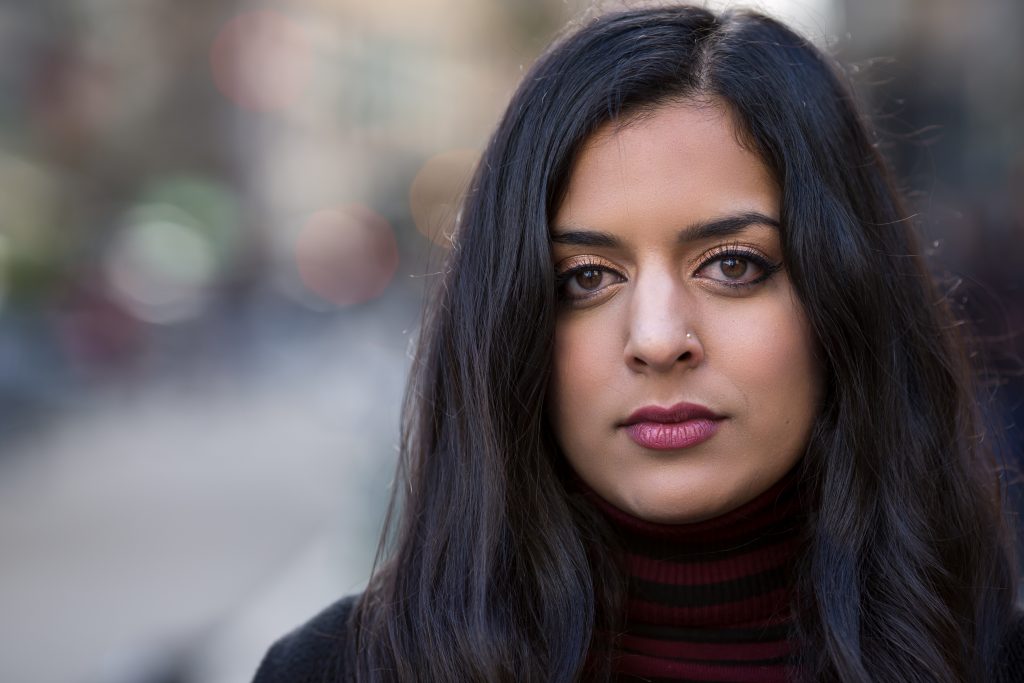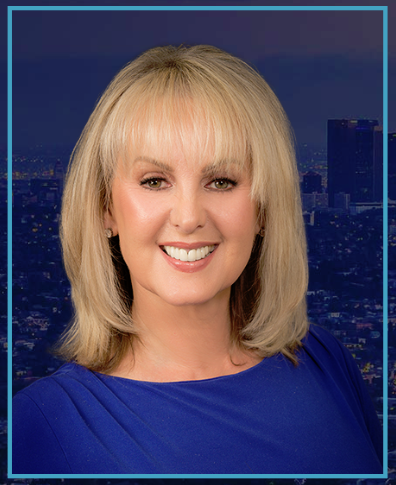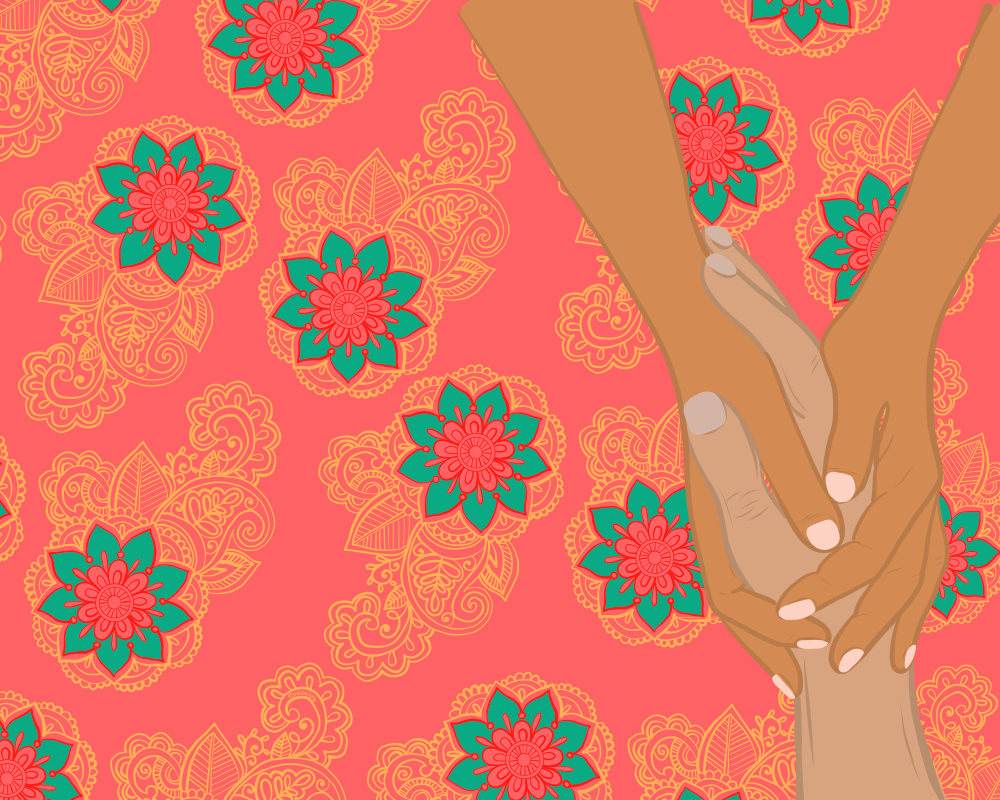
The following article is brought to you by Seasons in Malibu, a luxury dual-diagnosis rehab facility specializing in treating a wide variety of addictions and co-occurring disorders.
A lot of work is being done to destigmatize mental health, addictions, and the recovery process in the mainstream, and yet – it persists. When you’re a young woman of the South Asian diaspora, the stigma can have additional layers. We here at Brown Girl Magazine continue to do our part to help reduce the stigma by continuing this work, speaking up, and shining a spotlight on these issues because they are important. Because they are our issues.
Recently, we had the opportunity to interview Dr. Nancy Irwin from Seasons in Malibu to learn more about recovery programs and the recovery process. Not only do we have some great insight from a top doctor in the field, but we are also sharing some of our own stories with addictions and the recovery process to help reduce the stigma — starting now.
Who is Dr. Irwin?
Dr. Irwin is a licensed clinical psychologist and an addiction therapist who specializes in hypnotherapy and other holistic approaches for treating sexual abuse recovery, addictive behaviors, and other traumas. She has appeared on FOX, CNN, CNBC and MSNBC to share her expertise.
As a former stand-up comedian who worked the comedy circuit throughout the country and abroad, Dr. Irwin experienced an epiphany during her time as a volunteer at a shelter in Los Angeles for sexually abused children.
Her experience inspired her to pursue her doctorate in psychology, with a focus on the prevention and healing of sexual abuse. She is also a certified practitioner of Neuro-Linguistic Programming (NLP), EMDR (Eye Movement Desensitization and Reprocessing), Emotion Free Therapy, and Time Line Therapy. To help her clients’ experience the healthiest and most rapid transformation possible, she tailors each clients’ treatment to his/her personal needs.
 Dr. Irwin’s unique combination of skills and experience enables her to inject heart and humor into her healing practice at Seasons in Malibu, a leading treatment center for addiction and co-occurring disorders, which sees clients from across North America and from around the world.
Dr. Irwin’s unique combination of skills and experience enables her to inject heart and humor into her healing practice at Seasons in Malibu, a leading treatment center for addiction and co-occurring disorders, which sees clients from across North America and from around the world.
Here, Dr. Irwin shares some insights from her work in the addiction and recovery fields as well as the treatment process and resources at Seasons in Malibu.
1. The old saying “laughter is the best medicine” is actually backed by science now. Laughing helps people feel good, emotionally, mentally, and physically. Given this, I’d say your journey as a healer began much earlier than you indicate in your bio wouldn’t you agree?
Yes, indeed! And if you factor in my first “career” (opera singer) you add even more healing with the power of music. But yes, laughter allows us to not only “lighten up” psychologically and not take things so seriously, but also releases endorphins….the “happy hormones.”
2. The healing process isn’t as straightforward as mending a broken bone or fixing a cut is, it gets more complicated when the illness is chronic or if it’s a mental health illness or an addiction. In order to treat an illness, you have to treat the whole person. How has your background as a comedian helped you in understanding this?
Humor is a defense mechanism. At one end of the spectrum it is very adaptive and healing, and at the other end can reinforce self-criticism and deprecation. Gaining an overarching, realistic picture of one’s physical and psychological health, not to mention the spiritual one, is the first step toward actualizing those goals. As Jung said, “Your forte can be your undoing.” Striking a healthy balance of all domains in one’s life is generally the goal for optimal functionality and peace of mind and peace of body.
3. Chronic illnesses like diabetes or cancer don’t carry the same stigma as chronic mental health and chronic addiction issues do. How do you, as a healer, and Seasons in Malibu, as an organization, help your patients and their caregivers overcome that stigma?
By encouraging clients to accept that some people, unfortunately, WILL continue to judge and stigmatize. But losing the self-judgment and irrational expectation of others’ approval is crucial. Easier said than done, of course, but nearly every family is touched by some form of mental illness: depression, anxiety, addictions, mood disorders, and more. We try to encourage clients not to broadcast it to the world, but share this private information when appropriate. This allows them to display a healthy sense of acceptance and management of their condition and begin to see themselves as “soldiers,” if you will, in the march to take a stand for destigmatizing mental disorders. However, before that is possible, many times we do need to process the shame as part of the treatment plan.
4. With the advances in technology and science we are now living longer, and also immigration patterns have made North America quite diverse. With this, we have seen an overall increase in chronic disease and health disparities in the population. What steps have you taken at Seasons to help your current patients and their family members/caregivers mitigate these barriers?
We are proud to boast a great diversity in our staff and patient load and regularly do sensitivity training as well to avoid the heuristic or “cookie cutter” thinking. We have zero tolerance for any sort of harassment, abuse or preconceived notions about any culture, color, creed, or sexual orientation/expression. Each client is taken as a unique individual with a specifically tailored treatment plan with the utmost consideration and respect for their own goals and comfort level.
5. Future trends in healthcare indicate an increase in mental health and addictions and therefore an increase in inequitable access to mental health and addiction resources and support in the community as well as in the acute care settings. What is Seasons in Malibu doing in terms of strategic planning to be ready for this future?
We certainly hope those projections are incorrect, yet we stay up to date in our training and psychoeducation including adjunct modalities (SPECT scans, ECT, etc.) and continue to focus on the trauma that is typically at the root of the mental disorders and maladaptive behaviors that result from unresolved trauma.
6. Diversity, or all of the ways that we are different, directly impact how we access health care and our health outcomes. Our visible diversity—things like our race, religion, sex—and our invisible diversity—like our socioeconomic status, education, sexual orientation, etc.—all affect how we access treatment and how we are treated. What does Seasons do to ensure Health Equity in the delivery of your services?
Addictions and mental conditions are great equalizers. We focus on the commonality of our clients versus the differences, understanding that we all have much more in common than different. That being said, we celebrate the differences, encourage learning and inspiration from the differences versus judgment or comparisons.
7. We spoke about the social stigma associated with mental health and addictions in our society in general, but this stigma is sometimes exacerbated by additional cultural taboos. For example, suicide was only just recently decriminalized in India last year with the passing of the Mental Health Act and so it’s no surprise that mental health and addictions aren’t generally as spoken about in South Asian culture, with families hesitant to share, even with each other, what issues they have for fear of being ostracized. Do you offer culturally appropriate services at Seasons? And if so, what issues if any have you encountered in the journey to do so?
Out of our roughly 50+ employees, we have at least six foreign languages spoken by staff: Spanish, Farsi, Japanese, Portuguese, German, Hungarian, and probably more that I am unaware of. We have this firsthand cultural knowledge and experience as an available resource.
As well, we are LBGTQ-friendly, and make available to clients, upon request, visits to any spiritual center or religious services of their choice. Further, we regularly do continuing education, have guest presenters on various modalities or timely topics, and/or consult with other professionals who are experts in areas that can use increased awareness. Of course, our clients are our best educators, and we encourage them to share with us their cultures’ expectations, morals, and values, and how they match or conflict with their own personal beliefs and choices.

Let’s Reduce the Stigma
How many of you have parents or grandparents that will go on and on and about a knee replacement or all the medications they need, as if they’re trying to outdo each other? Speaking about these ailments, illnesses, and their treatments as if they are a normal part of life (because they are), is a way to bond and support each other through the illness.
Speaking as frankly about mental health and addiction and their consequent treatments should be treated the same way. They’re also normal parts of life. Removing the stigma from these conversations can help encourage individuals to seek out the support they need.
If you’ve ever had a broken a bone (or two like some of us!), or if you have asthma or diabetes, you understand the need to go to the doctor to get some help. You know you need medicine or some sort of treatment to help you deal with your physical ailment. Heck, how many of you need eyeglasses or contacts? We don’t hesitate to seek medical support when it comes to these types of health issues. Why? Because when you have a need for some sort of medical support, then you have a need… It should be that simple.
But when it comes to mental health and addiction, it isn’t that simple, even though it should be. It’s just as important to seek treatment for mental health concerns, substance abuse, addiction, etc. Breaking the stigma associated with these topics starts by talking about it.
Some of our fellow Brown Girl contributors wanted to share their own stories of struggle and triumph living with either mental health or addiction.
Anonymous:
I am a child of a chronic alcoholic. I have decades worth of stories I can share, stories of sadness and broken promises, stories of a life of such potential reduced to a cautionary tale. I’m not ready to do that in a public forum because, despite all this time, I’m only now learning to accept that this is an illness and the recovery process is a lifelong thing, and I can’t be objective because I’m still in it.
What I will share though is this…I’m scared. I know that addiction like this is hereditary. I know that I have an addictive personality too. There was an October two years ago that was spent drinking wine like it was nothing. It was an October that shook me to the core. It was so easy, too easy to slide into a routine of two to three glasses of wine every few days. I realized that I was combating the stress of work and life with the feeling of numbing comfort from the wine…it never got bad, but that alerted me to my own susceptibility. I knew I needed better coping mechanisms because if I went that route I knew what the outcome would be because I see it in my dad.
Anonymous:
I had a cousin I would normally see from time to time whenever I was in Arizona. Let’s call him Druv. After a while, I stopped seeing this cousin and I finally found out the reason why. In reality, I never knew when Druv even went off to college, but that’s what changed everything. Druv had started to blend in with the wrong crowd and started gaining a drug addiction. When I heard about the drug addiction, I also learned about how it’s affecting my uncle and aunt, how we are not allowed to visit, how they are always getting hurt. But more importantly, hearing that my cousin went to jail for a while and came back home clean was a relief. Until it started to sink in yet again, he stayed clean for about two or three months time and started back again.
Only this time it’s continued to get worse. Finally learning about this, I looked back to all the times I complained about not having a specific group of friends or the times I’ve heard “wanna try it?” when hearing about people going out to smoke a blunt and stuff. Looking back, I am glad I can say that I managed to find a support system-based group of friends that are always making sure that I am achieving all the good things life has to offer.
Anonymous:
Unity and family cohesion are viewed as the ultimate foundation of South Asian communities in any part of the world. In the journey of creating an identity on foreign soil, family and friends alike stick together in times of both successes and struggles. So, should we feel guilty when we turn to a medical professional in moments of despair? Admitting to myself that my relationship with food was extremely unhealthy was a hurdle in itself, but it was equally as challenging stating to loved ones that I had made a conscious decision, aided with professional medical advice, that I had in fact been visiting a psychiatrist. The word psychiatrist itself, within many South Asian households, automatically associated itself as foreign in our vocabulary – for surely problems were dealt with in the familiar four walls of the home, and yet I had stepped out of the societal boundaries and confided in a stranger. Mental health and the importance of one’s worth and self-value, although never dismissed, was often assumed traits that we would positively embody, partly as a sign of gratitude for the sacrifices that were made for the first generation children born in the West.
Developing an eating disorder well into my 30s however, was not something that was simple to explain or understand in my own head, let alone anyone else’s. As the eldest of three siblings, culturally I was placed on an invisible pedestal to set the behavioural benchmark by which others would follow suit – it was almost easy to forget that I was a girl first before a label and thus hard to explain to anyone why I had fallen into a dark place. Guilt is a major factor in why women like myself had to remain discreet about seeking professional help, and the sense of guilt is almost always two-fold. It’s not just the guilt of not wanting to offend loved ones by not approaching trusted family members or seeming ungrateful, but the sense of guilt that overwhelms parents where they begin to self-doubt. “Did you lack anything? Where did we go wrong? Do we not make you happy? Why can’t you talk to us” Or the lesser empathic reactions such as “You have everything and you still want attention!”
I didn’t wake up one fine morning and think, “oh let me just put my fingers down my throat and see what that feels like!” The black and white view of how mental health and addictions are tackled is what limits many South Asian men and women to vocalise their need for medical assistance. Simply telling me to just “eat more fries” wasn’t the solution – understanding the cycle of extreme self-control was aided by someone who took an unbiased and professional view of me as an individual. The vicious cycle of guilt and fear of speaking out can only be achieved when we appreciate that seeking help is not always a reflection in a lack of what our loved ones can’t provide – it’s that opportunity to gain support from outside of our periphery in which we often feel drowned in, despite the best intentions of those who love us.




